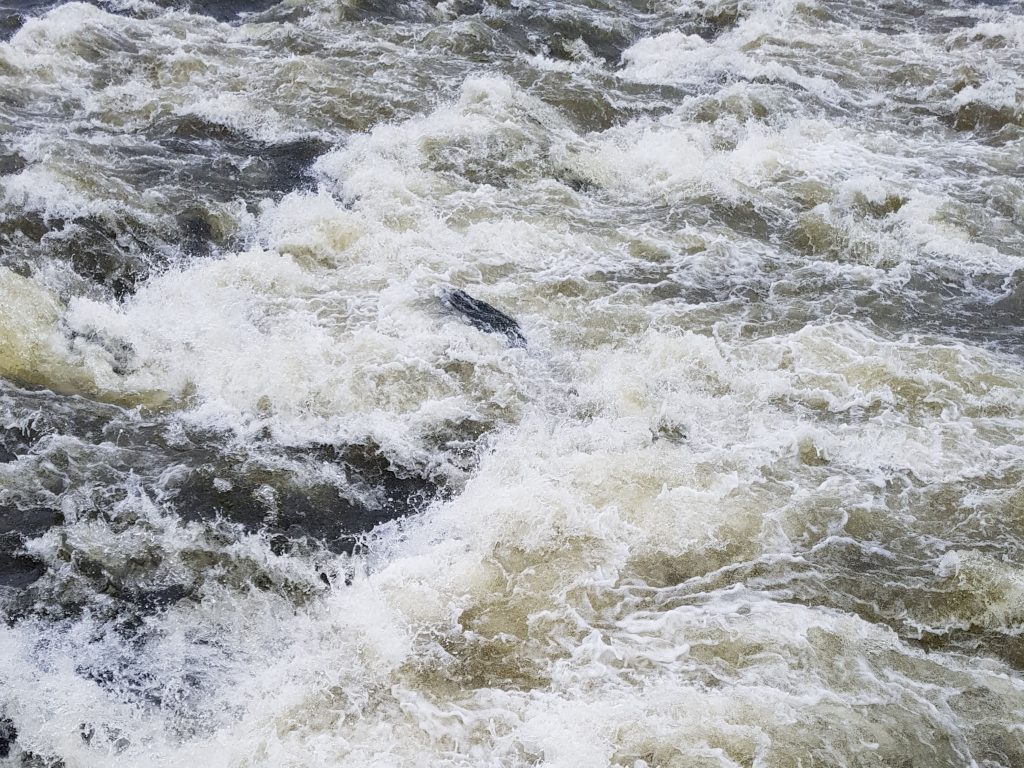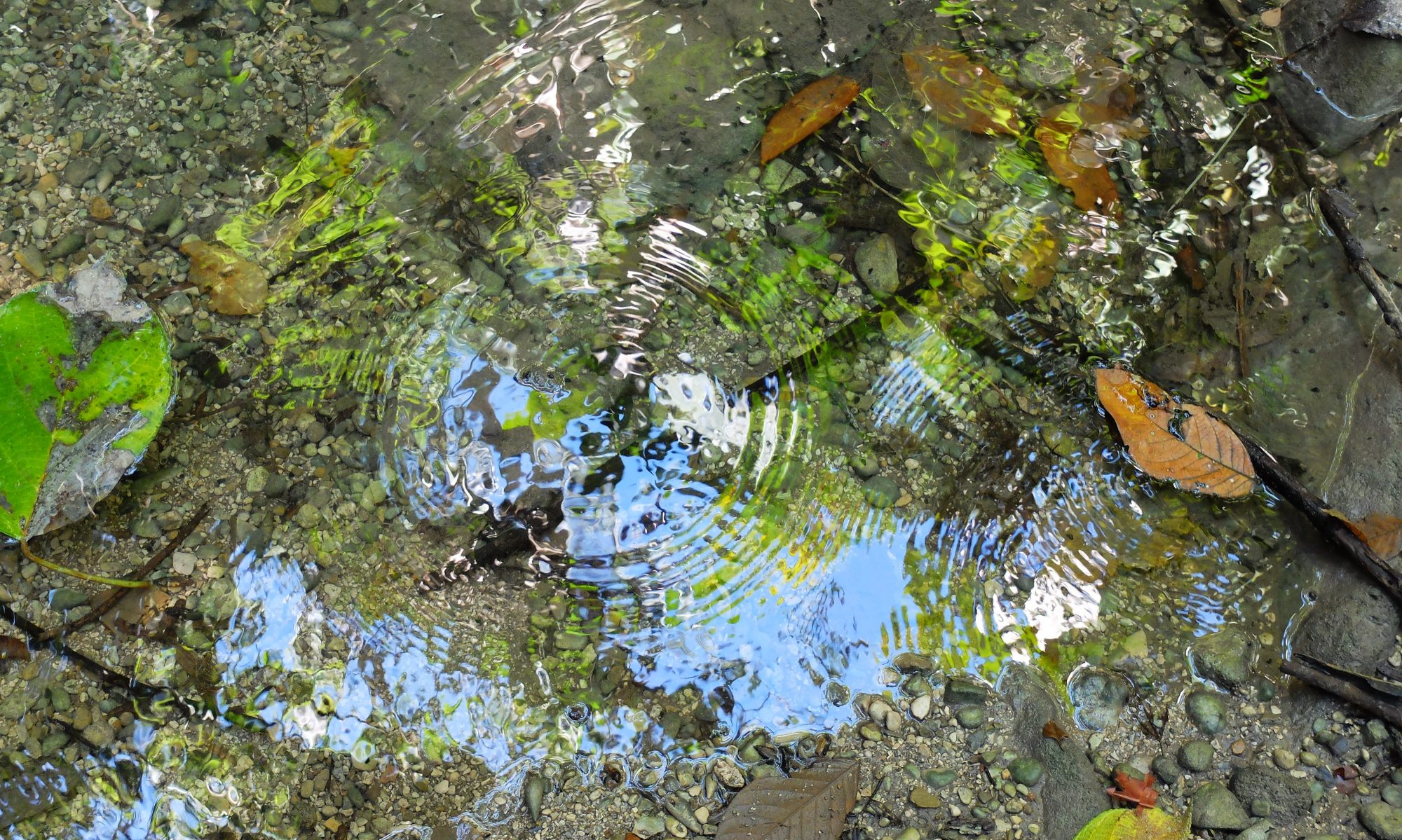Post by Volker Roeben and Rafael Macatangay
On Sunday 22nd March it is World Water Day, and this year’s theme is ‘water and climate change’. To honour the event, this week we are publishing five blog posts exploring different sides of the multifaceted relationship between water and climate change. Each post highlights research at the Centre that touches on these, some of the most urgent problems facing humanity today. Today’s post considers how water can provide renewable sources of energy as we transition away from fossil fuels.
There are intricate links between water, electricity, and climate change. In the context of climate mitigation, there are incentives for hydropower development to provide renewable energy. By 2050 worldwide, the share of renewables in electricity generation is expected to be 50%, and the share of hydroelectric power in renewables generation, one-fourth (EIA 2020). Impoundment facilities are large hydropower systems that use a dam to store river water in a reservoir. When water is released from the reservoir it flows through a turbine, activating a generator to produce electricity. Pumped hydro systems store the energy from other power sources for later use, by pumping water uphill from a reservoir at a lower elevation to a second reservoir at a higher elevation. This acts like a battery, allowing for the provision of renewable energy to be managed to match times of higher and lower demand.
Hydropower provision must adapt to a changing climate and the associated alterations to river discharge and recession of glaciers. Depending on the incidence, duration, or magnitude of climate change effects, the availability of water for hydroelectric power, especially in vulnerable areas, countries, or regions, could be at risk. Aufhammer et al (2017) suggest that climate change will also change the intensity and frequency of peak electricity demand. These climate impacts must be considered in planning the locations of energy generation, storage and transmission capacity investments.

Hydropower dam building can also play a part in facilitating climate change adaptation, though ironically it can generate GHG emissions through release of methane in certain circumstances. Climate change could affect the supply of or demand for freshwater though an increase in temperatures, the incidence of drought, or the use of irrigation. Hydropower dams can be used to regulate the allocation of water.
Hydropower development is not without environmental and social impacts, which must be carefully considered. The addition of reservoir capacity is potentially in conflict with the protection of the natural environment. Dam infrastructure development can impact water and food security for communities living close by. It can also lead to involuntary resettlement of local communities, with legal frameworks on compulsory purchase for public purposes largely determining the extent to which the rights of those forcibly resettled are protected.
